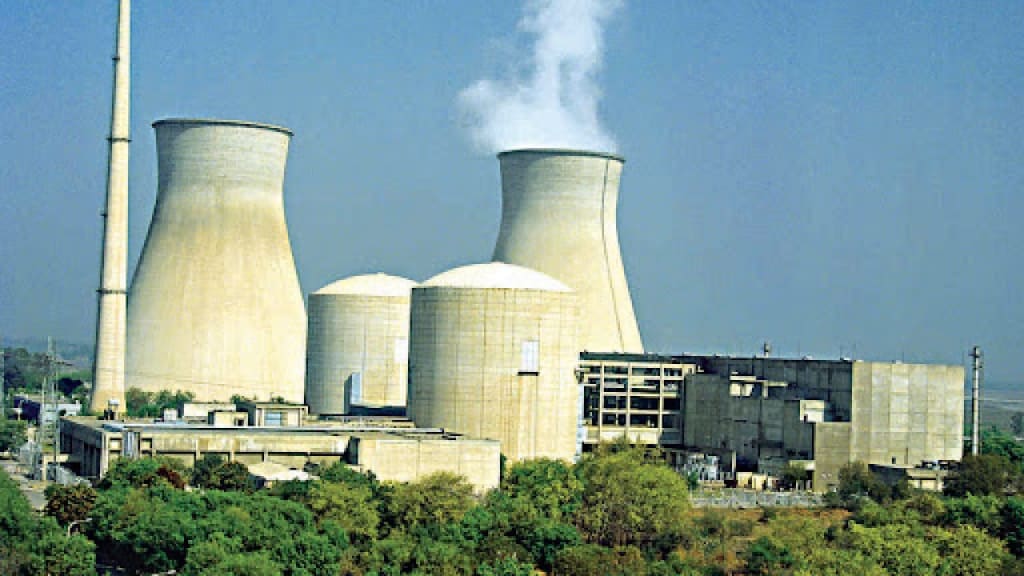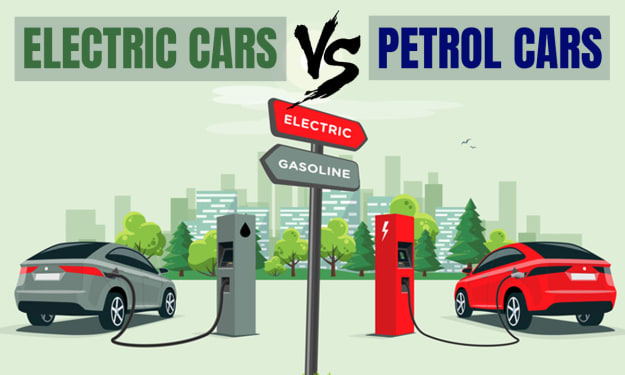
Atomic power has been a critical wellspring of the power age all over the planet for quite a long time. At the core of this innovation lies the atomic reactor, a perplexing framework intended to deliver and outfit the massive power produced by atomic parting. Understanding what an atomic reactor is and the way that gets a handle on the standards behind atomic power generation capabilities is pivotal.
An atomic reactor can be considered a controlled climate where atomic responses occur. These responses include the parting of nuclear cores, known as atomic splitting. The most widely recognized isotope utilized in atomic reactors is uranium-235 (U-235). At the point when a U-235 particle retains a neutron, it becomes shaky and breaks into two more modest pieces, delivering a lot of energy all the while. This energy is basically as intensity.
The essential construction of an atomic reactor comprises a few key parts cooperating to work with and control the atomic splitting cycle. How about we investigate these parts:
Fuel: The fuel utilized in an atomic reactor regularly comprises earthenware pellets of enhanced uranium-235 or a combination of uranium and plutonium. These fuel pellets are stacked into metal cylinders called fuel bars, which are gathered into fuel congregations or packs.
Mediator: The mediator is a material that dials back the quick neutrons created during parting, making them bound to bring about additional splitting. Normally utilized arbitrators incorporate water, weighty water (deuterium oxide), or graphite.
Control Bars: Control poles are made out of materials like boron or cadmium that ingest neutrons. By embedding or pulling out these poles into the reactor center, the number of neutrons accessible for splitting can be changed, permitting exact command over the pace of the atomic response.
Coolant: The coolant circles through the reactor center, engrossing intensity produced during parting and moving it to a different framework for power age. Water, both in fluid and steam structure, is the most generally involved coolant in business reactors. Different coolants incorporate gases like carbon dioxide or fluid metals like sodium.
Reactor Vessel: The reactor vessel is a hearty, water/airproof compartment that houses the reactor center, coolant, and different parts. It goes about as a defensive hindrance against radiation and forestalls the arrival of radioactive materials.
At the point when an atomic reactor is working, a supported chain response happens inside the reactor center. Neutrons let out of parting occasions slam into other uranium-235 molecules, starting extra splitting and delivering more neutrons. This chain response is painstakingly constrained by changing the place of the control bars, which decides the number of neutrons accessible to support the response.
The intensity produced by the splitting responses is consumed by the coolant coursing through the reactor center. This warmed coolant moves its nuclear power to a different water or steam circuit, which then drives a turbine associated with a generator. This cycle produces power, which can be circulated to control frameworks for use by homes, ventures, and different customers.
Well-being is of vital significance in atomic reactors. Broad well-being measures are carried out to forestall mishaps and safeguard the climate and general well-being. These actions incorporate different layers of control situations, crisis closure instruments, and thorough preparation for administrators.
Atomic reactors give a few benefits as a wellspring of energy. They produce tremendous measures of power without radiating huge ozone-depleting substances, adding to the decrease of fossil fuel byproducts and fighting environmental change. Atomic power is likewise a dependable baseload wellspring of energy, fit for giving a persistent power supply.
Notwithstanding, the atomic power age likewise presents difficulties. The administration of radioactive waste, the potential for mishaps (albeit intriguing), and the expansion of atomic materials for weaponization are among the worries related to this innovation.
All in all, an atomic reactor is a refined framework intended to saddle the energy let out of atomic splitting. By controlling and using this energy, thermal energy stations create power for an enormous scope, adding to worldwide energy requests. As innovation advances and security estimates keep on improving, atomic power stays a subject of continuous conversation and examination chasing a manageable energy future.
About the Creator
AP
Here I will publish various stories, blog post, journal post, and many other in various topics.





Comments
There are no comments for this story
Be the first to respond and start the conversation.